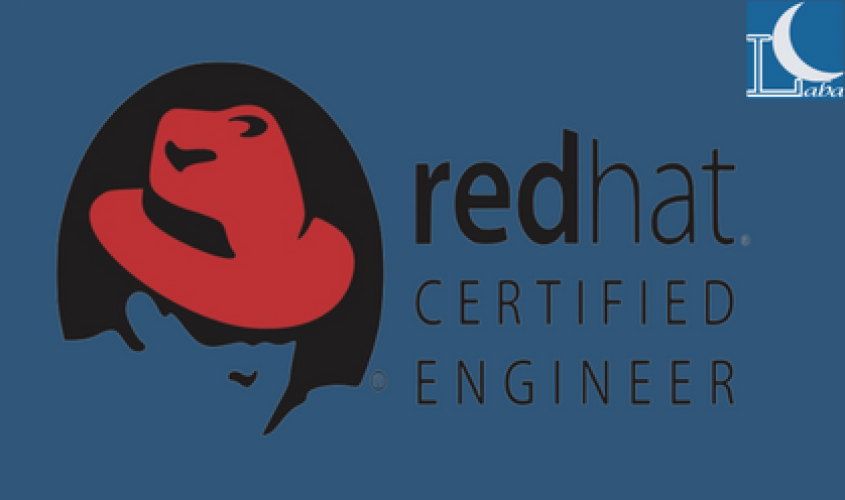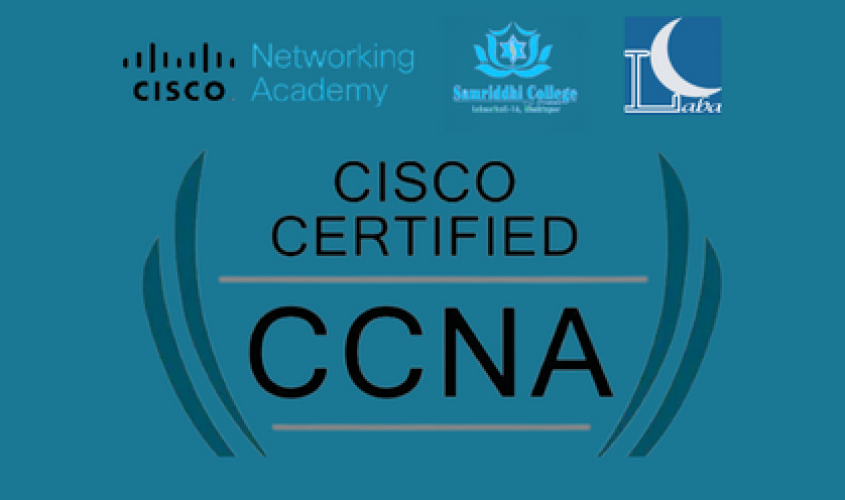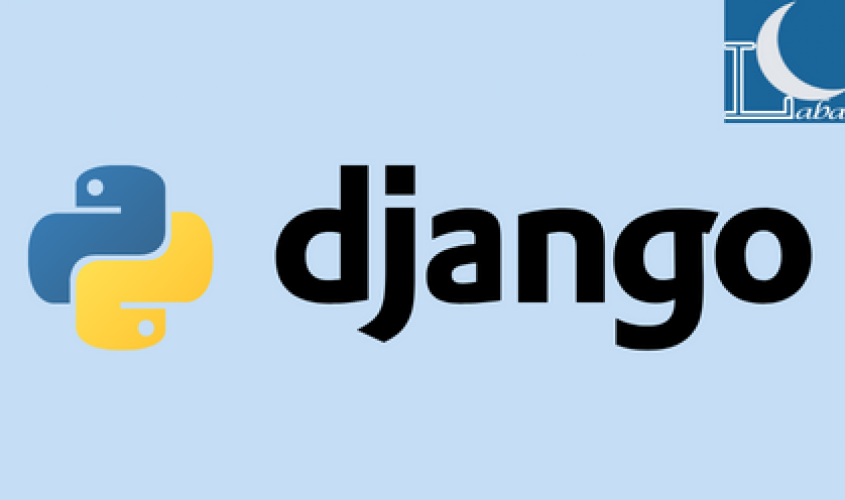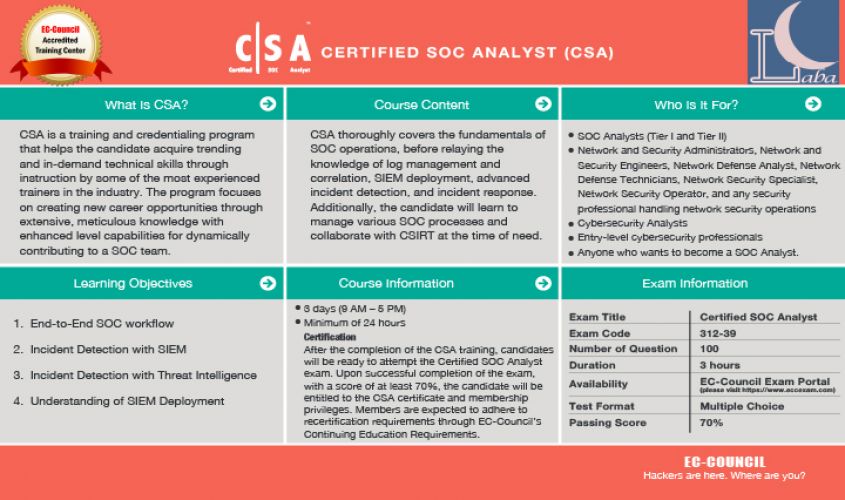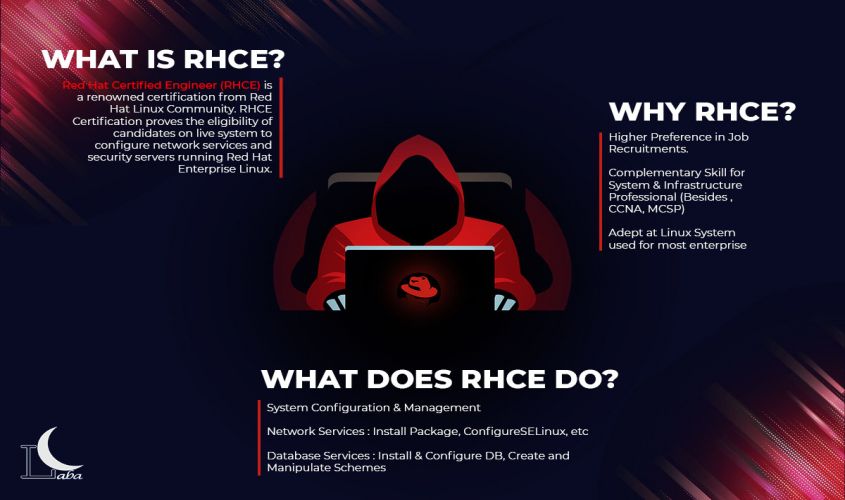
Red Hat Certified Engineer (RHCE) is a renowned certification from Red Hat Linux Community. RHCE Certification proves the eligibility of candidates on a live system to configure network services and security servers running Red Hat Enterprise Linux.
Red Hat facilitates services such as Linux, Cloud, Kuebernotes, and acts to standardize the practice across the different environment and develop native cloud applications. The community-powered approach has helped Red Hat become the standard of open source solutions for the enterprise. They help to integrate, automate, manage and secure systems across different domains. Red Hat offers training and certification which allows you to work at a different level in systems from System Administrator to System Engineer and Consequently System Architect.
The RHCE Certification can be achieved by appearing a series of exams held by the Red Hat Certification Central. The intense exam will require different levels of training and hands-on practice for you to complete.
Why RHCE?
As the requirement of business are growing and subsequently smart system and infrastructure need to be installed for organizations, businesses are looking for the best solution. Red Hat Linux Enterprise has been the first choice for big organizations facilitating networks of multiple computers at different levels.
The various reasons Red Hat is preferred for enterprise are:
- It is a community-powered system with many administrators, engineers, and architects working together, which means faster solutions to any problems.
- It provides specialized function according to the nature of the organization to increase efficiency.
- It is more secure with very low threats and viruses.
- The database and network services are optimized for each business.
With the popularity of Linux Systems in Organizations, the demand for Red Hat Professionals also increasing. It is recommended for any professional working on Linux System to get training and certification from the Red Hat cluster. The reason why you should pursue RHCE training and certification in Nepal are:
- Higher Preference in Job Recruitments: Not Many Linux Professionals can claim to be a certified Red Hat Engineer thus getting an RHCE certification will place you higher in the preference for System Administration Job Recruitments.
- Complementary Skill for System & Infrastructure Professional (Besides, CCNA, MCSP): System and Infrastructures require expertise to be reliable, efficient and secure. If you are working in this domain, an RHCE certification will be the complementary skill even if you are working as a Network Administrator or Windows Administrator.
- Adept at Linux System used for most enterprise: The RHCE course takes you from beginner level to the expert level with detailed insights about Linux System and all available services and tools.
WHO Can Become A Red Hat Certified Engineer?
The demand of RHCE jobs is increasing and even in Nepal, students and professionals are also considering Linux Training for their career. So this brings us to the question, who can and who should be a Red Hat Certified Engineer? Basically, the course is designed for people interested in system & infrastructure rather than coding for development.
The RHCE course is a detailed and progressive course, so we will assume you are into system administration for Red Hat Linux System
- Experienced Linux IT professionals who currently have RHCSA certification and are interested in earning an RHCE certification
- Experienced Red Hat Enterprise Linux system administrators seeking validation of their skills
- Students who have attended the Red Hat System Administration I, II, and III courses or the RHCE Certification lab
- Experienced Linux system administrators who require a certification either by their organization or based on a mandate (DOD 8570 directive)
- An RHCE who is noncurrent and has passed the RHCSA exam
What Does RHCE DO?
The RHCE certification and training will prepare an individual for Red Hat Enterprise Linux System for the installation and configuration of system along with the services of attaching it to a live network for network services.
System Configuration & Management:
- The basics tasks RHCE do is install, configure and manage the Enterprise Linux System for different business to provide different services.
Network Services :
- The network Install Package, ConfigureSELinux, etc
The Red Hat Certified Engineer must be adept at following servers:
- HTTP/HTTPS, DNS, NFS, SMB, SMTP, SSH, NTP
Database Services :
- Every organization has their own set of data and information. An RHCE must be able to Install & Configure DB, Create and Manipulate Schemes
What Will You Learn After RHCE Certification ?
The RHCE certification is achieved after a series of exams which will be a test of your ability to work with Enterprise Linux. The theoretical course is coupled with hands-on experience in such systems.
The RHCE certification course is a Linux Training that covers the following:
- Introduction to Command Line
- Managing physical storage
- Learning how to install and configure software components and services
- Establishing network connections and firewall access
- Monitoring and managing processes
- Managing and securing files
- Administering users and groups
- Accessing Linux file systems
- Installing and using virtualized systems
- Reviewing the system log files and journal
Exam Format For RHCE:
The RHCE exam is a performance-based evaluation of Red Hat Enterprise Linux system administration skills and knowledge. Candidates perform a number of routine system administration tasks and are evaluated on whether they have met specific objective criteria. Performance-based testing means that candidates must perform tasks similar to what they must perform on the job. The RHCE exam is a hands-on, practical exam that lasts 2 hours. Internet access is not provided during the exam. Outside materials are not permitted. Documentation that ships with Red Hat Enterprise Linux is available during the exam. Red Hat reserves the right to make changes to the format, including timing and the policies above. Such changes will be made public in advance through revisions to this document.
Official scores for exams come exclusively from Red Hat Certification Central. Red Hat does not authorize examiners or training partners to report results to candidates directly. Scores on the exam are usually reported within 3 U.S. business days. Exam results are reported as section scores. Red Hat does not report performance on individual items, nor will it provide additional information upon request.
Different Levels Of RHCE : The RoadMap To RHCE:
- Red Hat System Administration I:
The first level to the journey of becoming a Red Hat Certified Engineer is the RHSA 1 Course. The RHSA 1 certification can be achieved by appearing in the RH124 exam. The entry level course is designed for anyone interested in System Administration for Linux Systems. You do not require previous experience The course focuses on providing students with Linux administration "survival skills" by focusing on core administration tasks. RHSA I provides a foundation for students wishing to become full-time Linux system administrators by introducing key command line concepts and other enterprise-level tools.
Check More in Detail about the Course >> Link
After the completion of RHSA 1, the second level of Red Hat Certification and training in Nepal is RHSA 2
- Red Hat System Administration II :
The second tier of course in the Red Hat Cluster is the RHSA 2 Course. To be eligible for this course, you need to first complete the RHSA 1 training and certification. It cannot be the entry point in the Linux Training roadmap. Once you have learned the basics of Linux System, Command Lines and other enterprise tool, this course helps strengthen your experience and expertise in Linux System. You will learn in depth about enterprise Linux administration including file systems and partitioning, logical volumes, SELinux, firewalling, and troubleshooting.
Check More in Detail about the Red Hat System Administration II course at LABA:
Once you have completed the RSHA I and RHSA II training and certification, the next level in the Red Hat Cluster is the RHSA III course.
- Red Hat System Administration III:
The Final series of training and certification on the road to being a RHCE is the RHSA II Course. This is for the Linux professionals who want to broaden their ability to administer Linux Systems at an enterprise level.
The course is focused on deploying and managing network servers running caching Domain Name Service (DNS), MariaDB, Apache HTTPD, Postfix SMTP , nullclients, network file sharing with Network File System (NFS) and Server Message Block (SMB), iSCSI initiators and targets, advanced networking and firewall configurations, and the use of Bash shell scripting to help automate, configure, and troubleshoot the system.
After the completion of this course, you will be able to appear in the RHCE exam and work as a Red Hat Professionals in live system with Linux
Why RHCE Training At LABA ?
In Nepal, only the basic streams of IT like development and design of websites and app has been popularized so there are not many training center providing practical and systematic training for the Red Hat Clusters. Laba, a pioneer training center operating from Kathmandu works to streamline the global advancement in technology by preparing individuals and business with necessary skills, training and certifications.
Laba Offers the best Red Hat Training and Certification in Nepal at the best cost. Some of the reasons you should consider RHCE Training at Laba are:
- Experts in System & Infrastructure :
Laba is the leading IT training provider in Nepal with special focus on training for System & Infrastructure. Our center is equipped with all the devices and equipment required to provide the best training for different courses. Laba is also the certified training partner for different international vendors such as Cisco, Microsoft, Ec-Council, etc. Trainees at Laba are currently working at various levels in the esteemed organization of Nepal.
- Global Practices:
Operating from Nepal, Laba standarises its practice with the global standards. Our affiliation with different vendors has helped us made international level skills, training and certifications accessible to IT students and professionals of Nepal. OUr RHCE course is designed and operated under the instructions of the Red Hat Global Community.
- Practical Working Trainer:
The RHCE trainer at LABA along with trainers for most of the courses are professionals who have been working in the related field for more than a few years. The practical expertise will be beneficial to be clear about different concepts and in learning actionable strategies, tips & tricks.
- Hands-On Experience and Practical Knowledge:
RHCE exam is a practical exam with performance based evaluation on live systems. Our training is specially designed to provide hands-on experience on linux system where you will learn by doing.
Red Hat System will continue to be used more frequently for Enterprises in Nepal and the demand for Red Hat Professionals will increase in days to come. If you are interested in System and Infrastructure and want to become a Linux Professional then Join Our Red Hat Certification and Training in Nepal at Laba.
Difference Between Windows & Linux
| Windows | Linux |
Server Type: | Server Type: |
Closed Source Software development with limited access to system features | Open Source Software development with collaboration and sharing of codes |
Multiple Directories in Multiple File Partition | Single Hierarchy Root Directory with Unified Scheme |
User Friendly with many end user applications | Less Interactive User Experience with limited end user applications |
Less Secure and highly targeted by attackers, viruses, etc. | Highly Secure with only limited flaws in System |
High Cost of license for usage | Freely available for use with cost of maintenance and support |
Why Linux ?
Advantage of Linux:
- Low Cost
- Stable
- Reliable
- Powerful
- Multi User
- Open Source Software
- Vendor Availability
- Security
Disadvantage of Linux:
- Steep Learning Curve
- Hardware Support
- End-User Applications


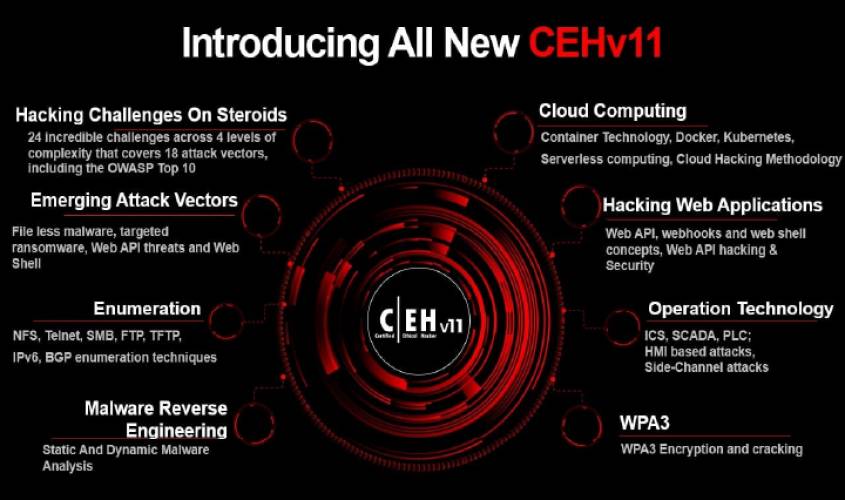

.png)
